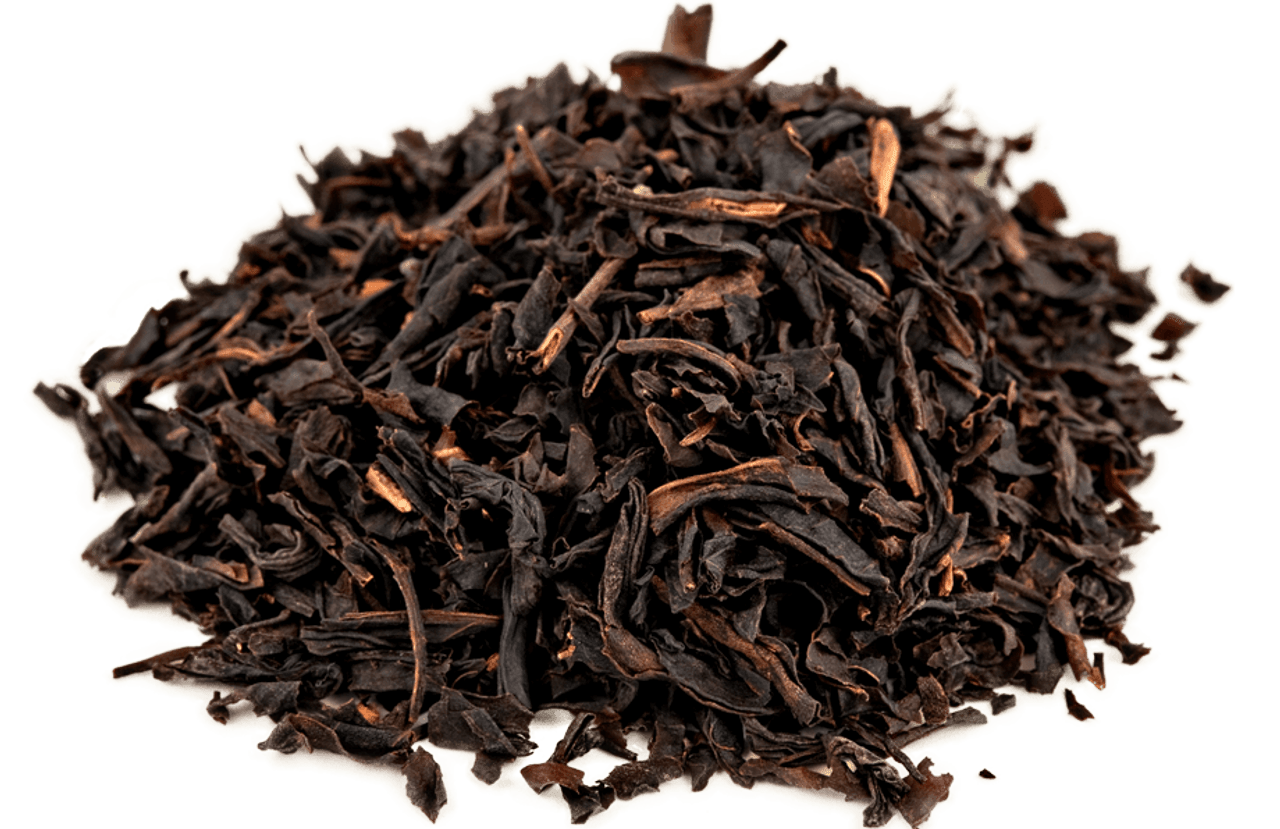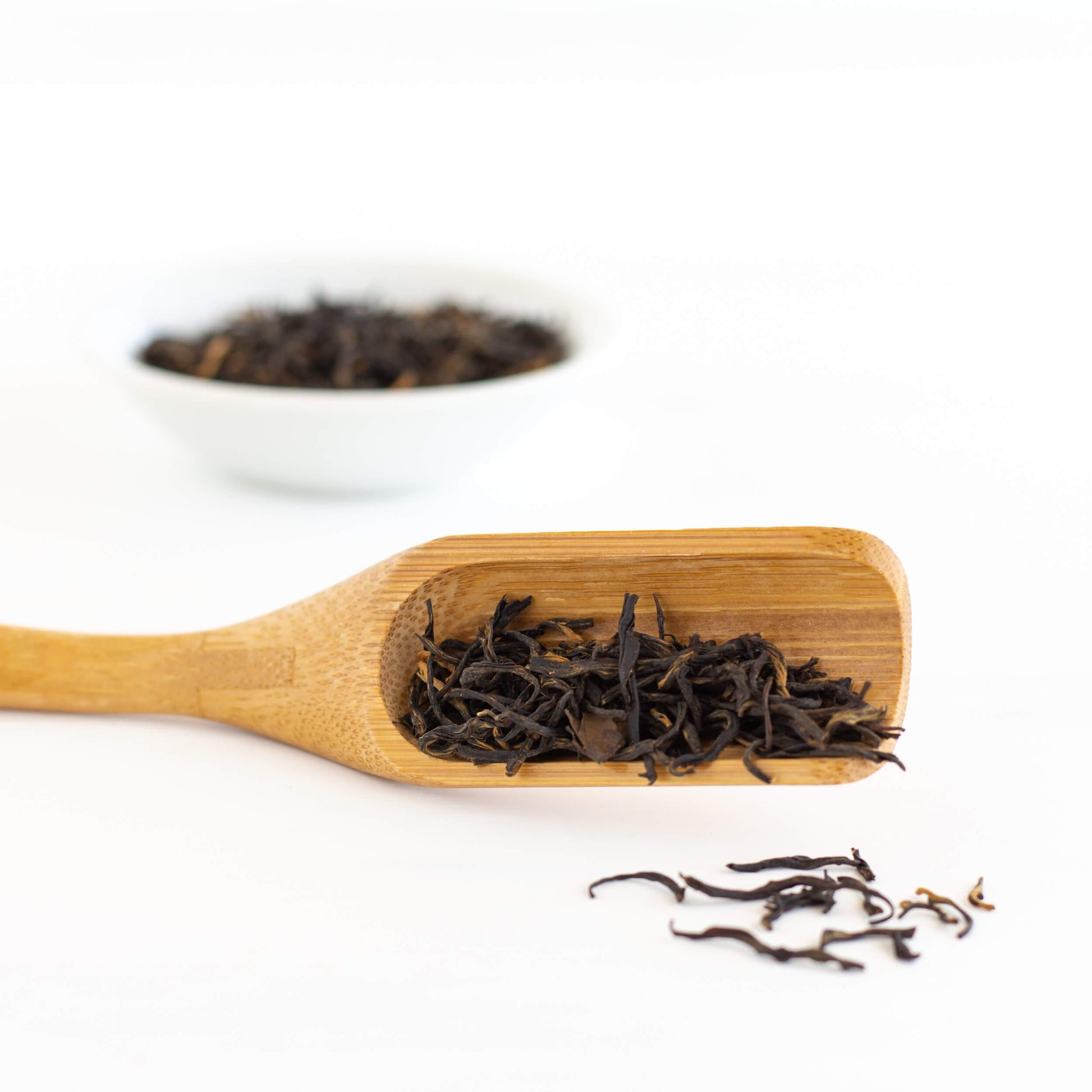Keemun Black Tea: History, Varieties, and Why Its a Must-Try
- Blog
- Keemun Black Tea: History, Varieties, and Why Its a Must-Try
white tea
Well, let me tell ya a thing or two about this tea they call Keemun black tea. Now, you might not know it, but it’s a real gem from the faraway land of China. They grow this tea in a place called Qimen County, down in the Anhui Province. It’s been around for quite a long time, since the late 1800s, and folks over there sure know how to make it just right.
Keemun tea is what we call a black tea. It’s not like the regular tea you might be used to, all light and mild. No, sir! This one’s got a bit of a smokey taste to it. Some folks even say it has a toasty flavor, kind of like when you’re sitting around a campfire, and you get that smell of the burning wood. It’s real good, especially when you’re just looking for something strong to wake you up in the morning or after a long day of work.
Now, if you’re wondering how it came to be, let me tell ya. It all started in Qimen County. That’s where they’ve been growing Camellia sinensis, the tea plant, for centuries. The name “Keemun” comes from the town of Keemun itself, and that’s where they perfected the art of making this fine tea. They’ve been making this tea for so long, that they’ve got the process down to a science. In fact, Keemun black tea is now famous all over the world. Folks in the West have been drinking it for years, and it’s still a favorite in lots of tea blends, too.
Keemun tea is known for its lovely aroma. When you open a bag of it, you’ll get a whiff of something that smells like a mix of flowers and fruit, maybe even a little bit of honey. Some people even say it’s got a hint of stone fruit to it—like peaches or apricots. It’s a lovely fragrance, and it just makes you wanna sit back and relax with a good cup of tea in hand.

As for the taste, well, it’s a bit more complex than just saying it’s ‘sweet’ or ‘bitter’. You get that little bit of smokiness, and a touch of fruitiness, too. Some say it has a mild hint of wine or even a bit of a chocolatey aftertaste. It’s different from other black teas you might find in the store, that’s for sure. And the best part? You don’t even need to add milk or sugar to it. It’s perfectly fine all by itself, just brewed up nice and hot. And if you’re one of those folks who likes to drink it with milk, well, I suppose you can, but I wouldn’t recommend it—just let the tea do its thing, you know?
If you’re thinking about brewing a pot of Keemun tea, it’s real easy. All ya gotta do is take a teaspoon of the loose leaves and put ’em in your teapot. Then, boil up some water and pour it over the leaves. Put the lid on and let it steep for about 5 minutes. Don’t rush it! Give it time to do its thing. Once it’s ready, pour yourself a cup, and you’re good to go.
Keemun tea doesn’t just taste good, it’s also got some health benefits. It’s full of antioxidants, which is real good for your body. Some folks say it can help with digestion, too, and others swear by it for boosting the immune system. You might even find that it helps you feel more awake and alert, especially in the morning. It’s not just a drink—it’s a bit of a pick-me-up!
And let me tell ya, when you drink Keemun tea, you’re not just getting a good cup of tea, you’re also getting a little piece of history. This tea has been a part of Chinese culture for generations, and it’s still going strong. It’s a tea that has stood the test of time, and I reckon it’ll keep going for many more years to come.
So, next time you’re out shopping for tea, and you come across Keemun, don’t just pass it by. Give it a try. You might find you like it. It’s got a flavor that’s all its own, and it’s a real treat for folks who like something a little different. You won’t regret it, I promise ya that!

Tags:[Keemun Black Tea, Qimen Tea, Chinese Black Tea, Tea History, Smoky Tea, Loose Leaf Tea, Tea Brewing]
© Copyright 2025 Qianwei Tea | Theme developed by sitemap